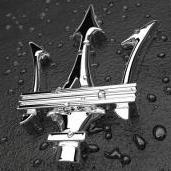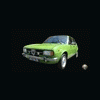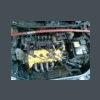Audi Q6 e-tron e RS Q6 e-tron 2024 (Spy)
-
Contenuti simili
-
Audi Q6 Sportback e-tron 2025
Pubblicato da Osv,
- audi ufficiale
- audi q6 sportback e-tron
- (e 3 altri in più)
- 2 risposte
- 1093 visite
-
- 158 risposte
- 29321 visite
-
- 46 risposte
- 7404 visite
-
-
-





.thumb.jpg.902d2a4f20a129e92b6f6920407b81bd.jpg)









.thumb.jpg.46228d717c405acd43b45b79fddce6a4.jpg)






.thumb.jpg.d20c5008a881490f9c7f843d442a34f8.jpg)



Messaggi Raccomandati: